13 Products That Have Been Misused But Finally Seem Right
Viswamitra Jayavant - Jan 17, 2019
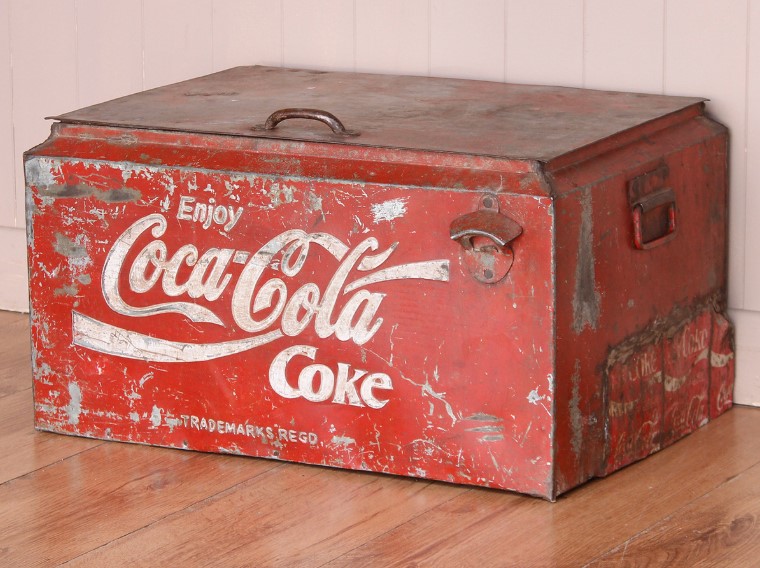
Throughout history, there have been multiple instances where commercial products are hilariously misused. Here are thirteen of them for reference.
- How Gadgets Enhance Online Casino Gameplay
- 7+ iPhone Gadgets That Are Ridiculously Expensive
- LG Smart Fridge Makes Crystal-Clear Ice For Your Cocktails
Manufactures always creates products for some specific purposes. However, there would be some things that have been misused by consumers but they don't even know about it.
Here are some of the items that were rather peculiarly misused in comparison to their original manufacturer's intention.
1. Botox
We all know what this is. Even if we’re not exactly sure what Botox is, we all know that it has to do with cosmetic surgery. Specifically, to remove wrinkles. Models and movie stars use this all the time to bring back a faux youthful appearance.
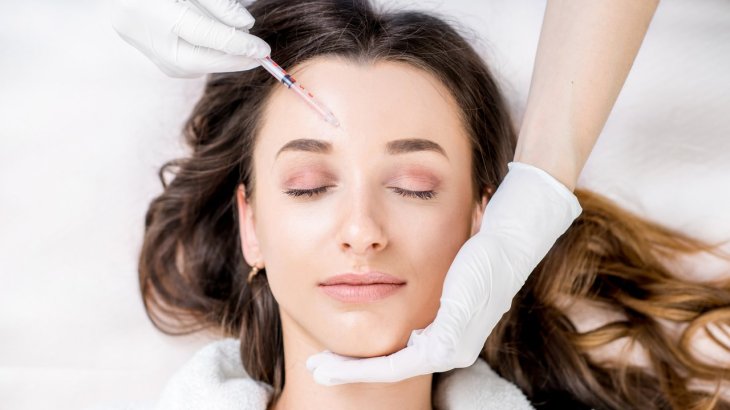
Botox is also one of the most potent toxin we know. After all, Botox is short for Botulinum Toxin. It is a neurotoxin, meaning it directly affect the nerve system of the body and can cause paralysis in targeted muscles. This is the reason why it was used in the past as a mean to treat crossed eyes and facial muscle spasms. It’s only when people discovered that Botox can also smooth out facial muscles and remove wrinkles that it is entered into cosmetics.
2. Warfarin
If you don’t have a heart condition, most likely you wouldn’t know about this type of drug. It is a common anticoagulant to treat pulmonary embolism (PE). Or a condition when a blood clot is stuck in the arteries while on their way from the heart to the lungs. It is also a prescription to prevent strokes in those with artificial heart valves or suffering from a wide range of heart diseases.
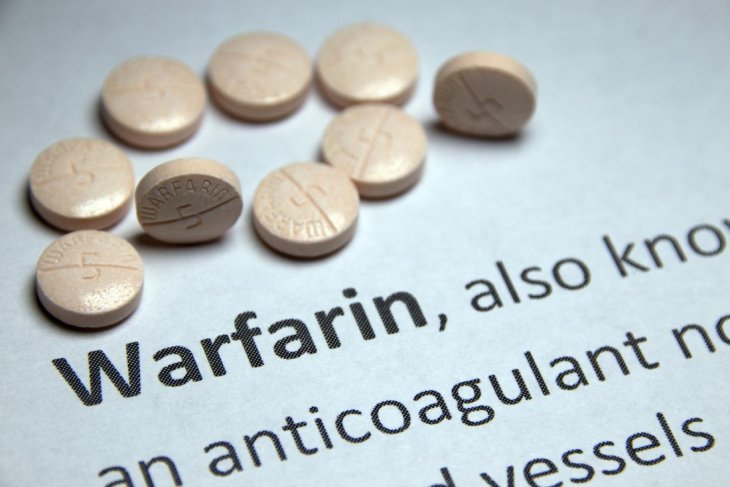
Well, its origin isn’t as nice as the life-saving reputation it is enjoying now. Warfarin started in 1945 when some scientists decided to exploit a strain of mold to be used as a rat poison. You’ve been introduced to the anticoagulant property of Warfarin. Technically, the drug would prevent blood from clotting right from within rats, causing fatal haemorrhage (Internal bleeding) as a result. Someone noticed that aside from being a rodenticide, Warfarin had potentials in becoming a medication.
And that’s how you can find and ingest them in drugstores today.
3. Tissues
What weird story can a packet of tissues possess, you wonder?
Well, they have never been intended originally to be used as a nose wiper. The original tissue papers were created during World War I and intended to be used as a replacement for cotton bandages.
After the war, manufacturers have nowhere else to send them to, plus, there are plenty of things you can do with a glorified piece of soft paper. So they repacked them and sent them off to the market as a makeup remover.
It doesn’t end there. While women love the stuff for its convenience, there were numerous complaints in the short time that followed its debut that husbands were stealing their wives’ makeup remover. As a convenient method to treat runny noses, or to take the blunt of a violent sneeze.
Seeing the potential, tissue companies changed their marketing tactics. Now a packet of tissue must always be present in the pocket or purse of those with sensitive noses instead of being with the ladies, alone.
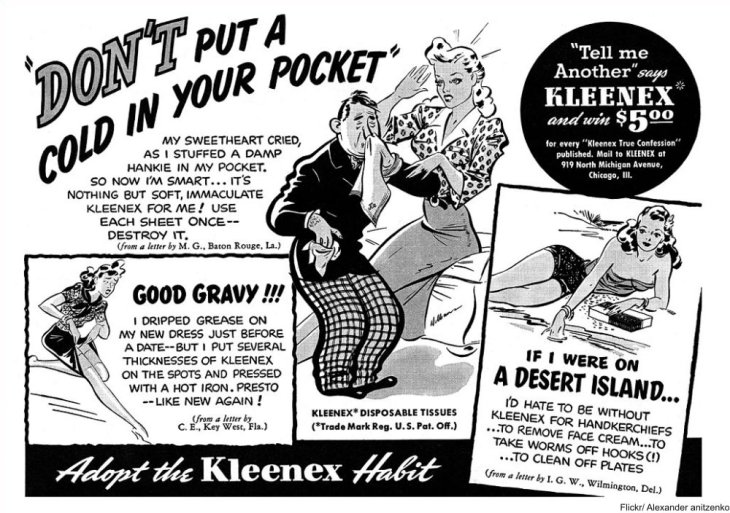
4. Thalidomide
Morning sickness, while an indispensable facet of upcoming motherhood, is not always pleasant. It is the reason why women always try to look for any safe medications that can alleviate the effect for those who simply couldn’t stand the symptoms. Thalidomide was one of those options. Until it was found that the compound was the primary reason for birth defects in thousands of cases.
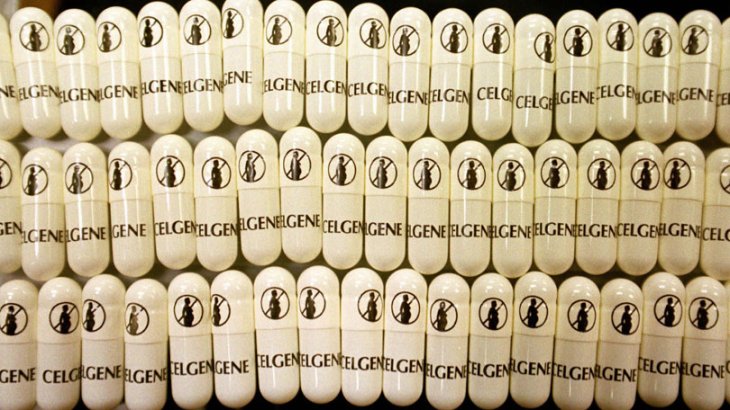
It was thought that the compound would be locked away forever and branded as a ‘good-for-nothing’ chemical in the book. However, in the race to cure cancer, scientists discovered that Thalidomide can seal off blood vessels. And can be used as a mean to kill of solid tumors, which need a constant flow of blood to survive and grow. Now Thalidomide is one of the few candidates to cure multiple myeloma - a type of cancer that affects the white blood cells.
5. Bubble Wrap
Oh everyone loves this. No one that I know don’t enjoy the satisfying pops of bubble wraps. At the moment, it is being used as a layer of protection for fragile devices or items during transportation. However, they initially started off as an idea of two inventors in 1957 for a new type of wallpaper. The first sheet of bubble wrap was created by sticking a pair of shower curtains to one another to form the bubbles in-between.
The wallpaper idea didn’t work out. So they tried to sell it off as a type of insulator for greenhouses. No dice, either.
The turning point came when IBM marketed one of the first personal computers to consumers in the 60s. These bulky machines are fragile, and transportation is rough. That’s where bubble wraps came in, and that’s where they stayed until now.
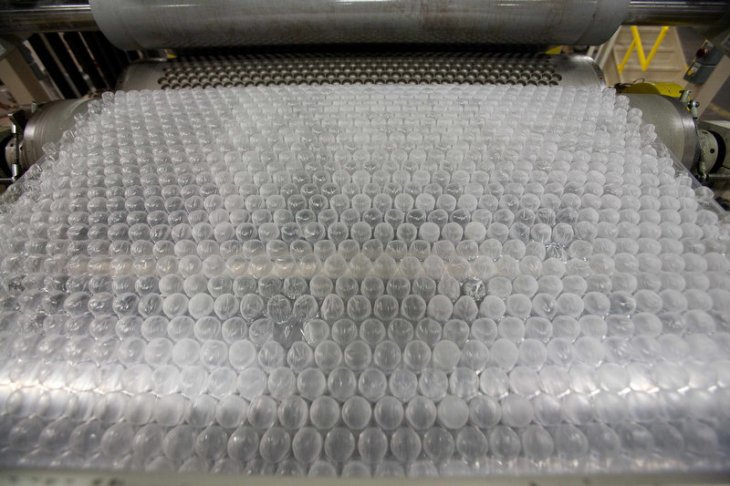
6. Superglue
Superglue was an incidental invention made by a war-time engineer during World War II while he was toying with different plastic formulae with the hope of finding a new compound to create gun sights out of. Although he did realize its potential as an adhesive and marketed it so, the idea never caught on.
That’s until the Vietnam War when soldiers realized that it is a great way to seal battle wounds. The idea just stuck and went on up until now.
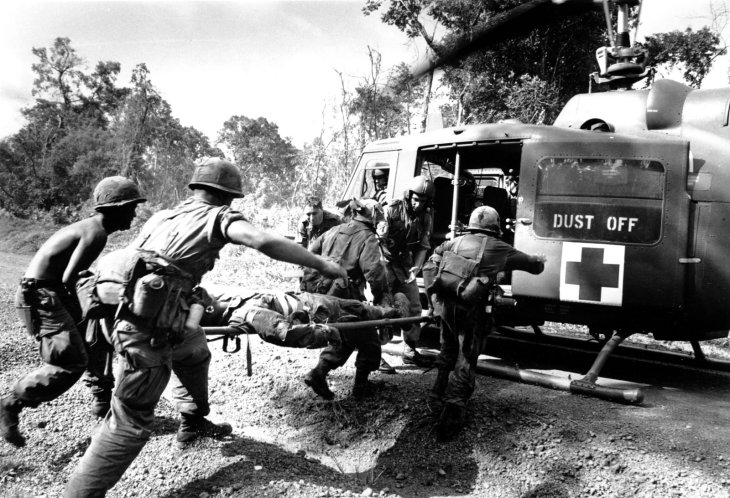
7. Play-Doh
Play-Doh is on top of the list as one of the most popular school arts and crafts supplies there are for kiddies. That’s the now, though. In the past, the putty was branded as a wallpaper cleaner. Unlike other compounds at the time, it’s non-toxic, and great at collecting up dirt. It didn’t even stain like the chemicals of the era.
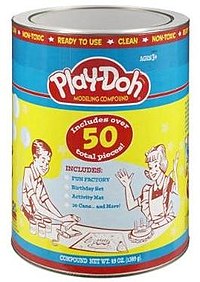
Because of all these properties, someone, somehow then thought that it is a rather splendid toy for kids to play with.
8. Coca-Cola
The original Coca-Cola (Wasn’t named such at the time) was a mixture of coca leaves, kola nuts, and carbonated water. It was intended as a cure for hangover and headache in the 1880s when it was first introduced.
Now everyone just chugs it on a daily basis, and not for medicinal reasons, either.
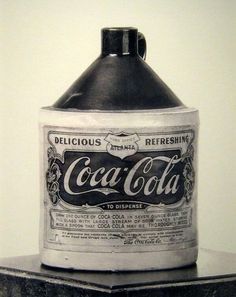
9. M&M
We have all been there being left with a melted bar of chocolate after we left it unattended and unrefrigerated in just an hour or so. It is a problem now, and it was also a problem then back then. The candy-coated chocolate was designed based on a rudimentary method that soldiers used to protect chocolate from melting when they were marching or fighting in warm climates. That’s why the tag line for M&M had always been: “Melts in your mouth, not in your hand.”
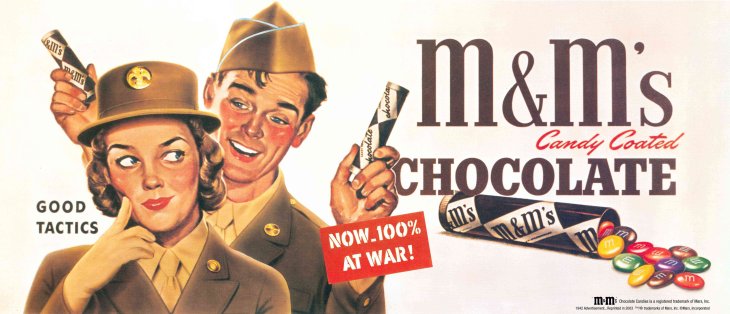
10. Lysol
Lysol is a common disinfectant today. Back then, it was used as a hygienic products for women and even a birth control method. Lysol on your bare skins already guaranteed an ‘Ouch’ for those who hadn’t felt it ever before. But I’ll let you know that the compound is much diluted today. To think that women actually use the much more powerful variant of the time to wash their sensitive spots ...
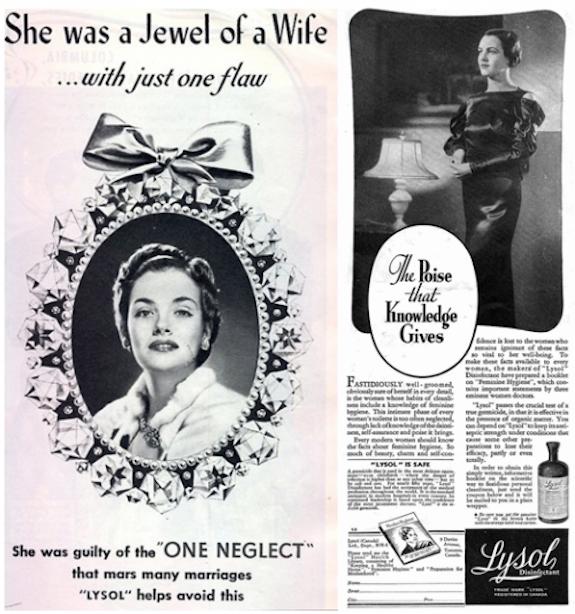
11. Ecstasy
Ecstasy - 3,4-Methyl
Surely you must know now that it is a recreational drug usually seen at concerts rather than a therapeutical aid.

12. Liquid Ass
Yeah, don’t worry I laughed when I first read that name, too.
It’s technically an advanced version of a stink bomb. This isn’t the ordinary kind that you pop in a classroom. No, this is much worse. So bad the smell is that the military deemed it a great mean to achieve a smell that’s closely similar to the smell of decomposing bodies. Allowing military schools to train their recruits to be used to corpses’ scent on the battlefield.
13. Virtual Reality
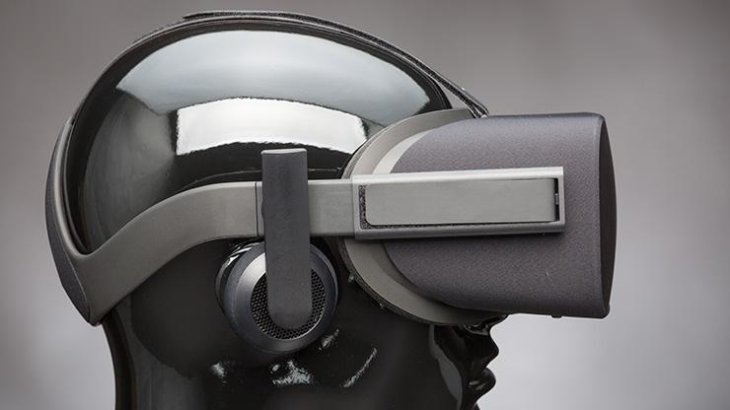
Virtual Reality is becoming more and more popular as time passes. Particularly, in the gaming industry. For therapists, it is a therapeutical method to use in place of ‘Mirror Box’ therapy to treat psychological pain for amputees.
Featured Stories

Gadgets - Jul 21, 2025
COLORFUL Launches iGame Shadow II DDR5 Memory for AMD Ryzen 9000 Series
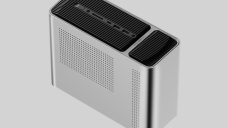
Gadgets - Jun 23, 2025
COLORFUL SMART 900 AI Mini PC: Compact Power for Content Creation

Review - Jun 18, 2025
Nintendo Switch 2 Review: A Triumphant Evolution Worth the Wait

Gadgets - Jun 18, 2025
Starlink: Why It’s a Big Deal for U.S. Internet in 2025

Gadgets - Jun 17, 2025
How Custom PC Setups Support India's Esports Athletes in Global Competition

Gadgets - Jun 12, 2025
Lava Prowatch Xtreme Launches with Google Fit Integration
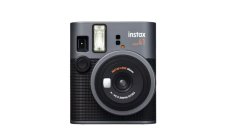
Gadgets - Jun 07, 2025
Fujifilm Instax Mini 41 Launches in India: Stylish Instant Camera Now Available...
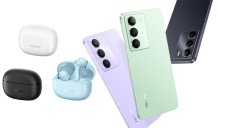
Mobile - Jun 07, 2025
Realme C73 5G Launches in India: Budget 5G Phone Starts at ₹10,499

Gadgets - Jun 07, 2025
OnePlus 13s Makes Indian Debut: Compact Flagship Brings Premium Features at...

Gadgets - Jun 07, 2025
Comments
Sort by Newest | Popular